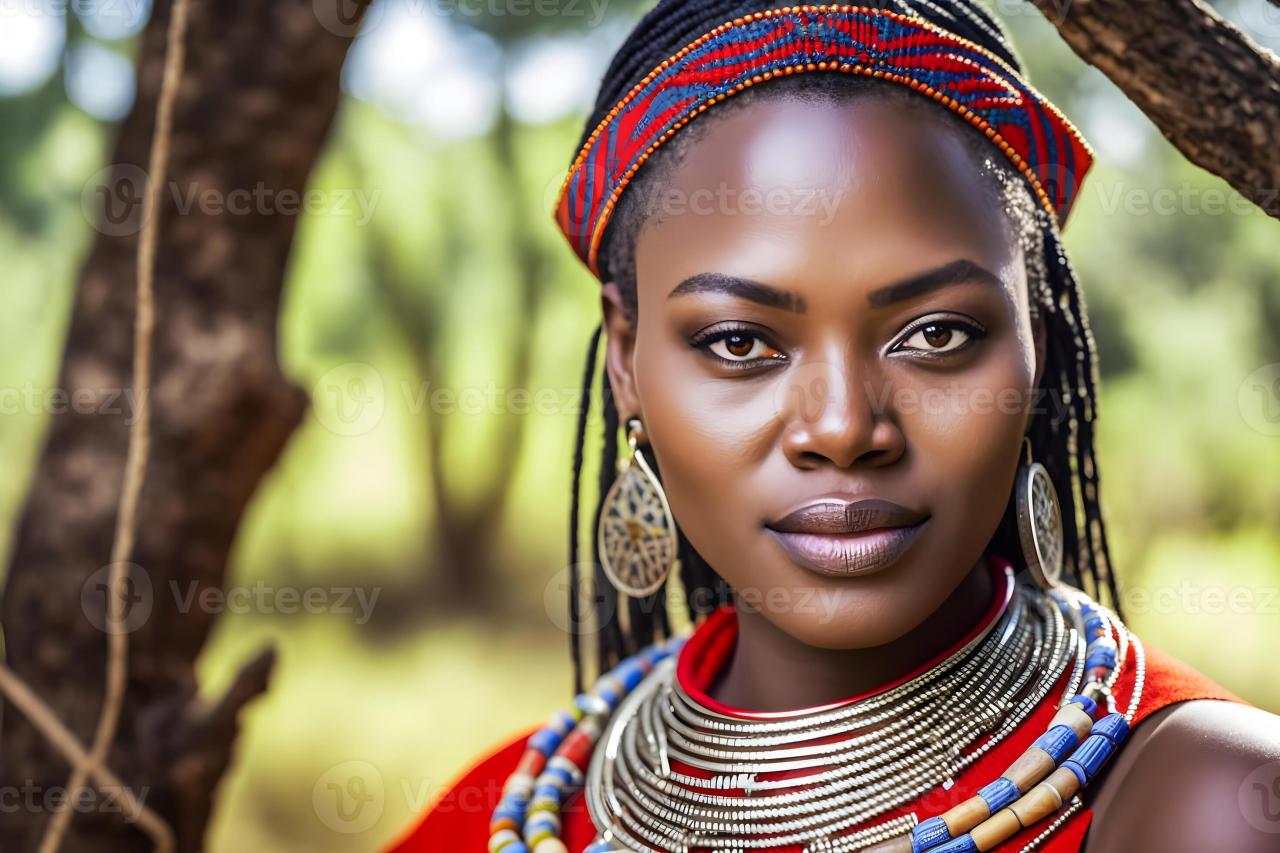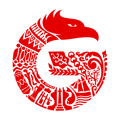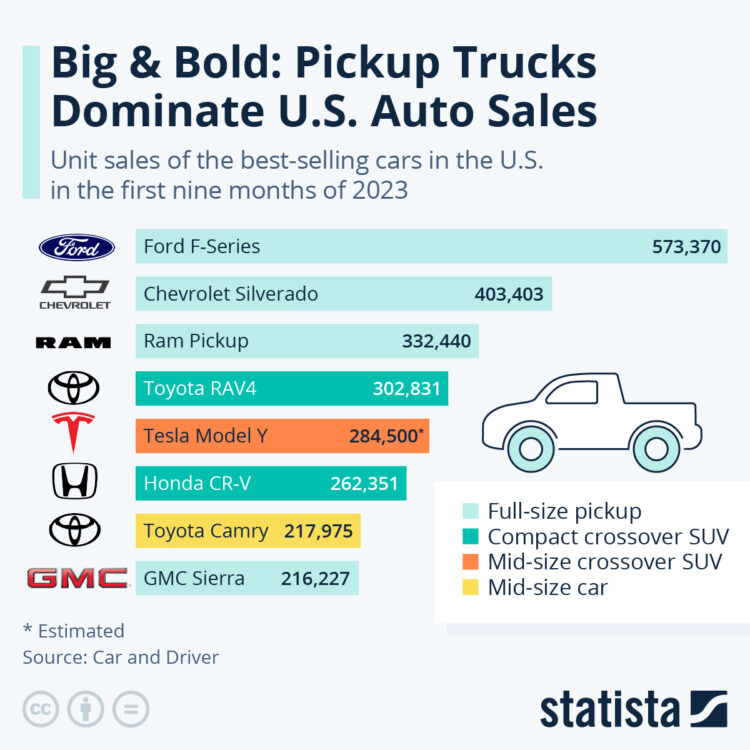Exploring the intersection of artificial intelligence and ethnic beauty around the world, this introduction sets the stage for a fascinating journey into how AI is reshaping beauty standards across different cultures.
From traditional beauty norms to the impact of AI technologies on inclusivity in the beauty industry, this topic delves into the nuances of defining beauty through a global lens.
Overview of Ethnic Beauty
Ethnic beauty refers to the diverse and unique physical characteristics, features, and beauty standards that are specific to different cultural groups around the world.
Beauty ideals vary greatly across different cultures, influenced by historical, social, and geographical factors. What is considered beautiful in one culture may not be the same in another, highlighting the rich tapestry of global beauty standards.
Traditional Beauty Standards in Various Ethnicities
- In Japan, traditional beauty standards often emphasize porcelain skin, black hair, and a petite figure.
- In Africa, beauty is often associated with features like dark skin, full lips, and natural hair textures.
- In India, beauty ideals may include clear skin, long dark hair, and intricate henna designs.
- In Scandinavia, fair skin, blonde hair, and blue eyes are considered traditional markers of beauty.
Impact of AI in Defining Beauty Standards
AI technologies have significantly impacted the definition of beauty standards on a global scale. These technologies are reshaping perceptions of beauty, influencing trends, and transforming the beauty industry as a whole.
AI Promoting Inclusivity in the Beauty Industry
AI plays a crucial role in promoting inclusivity in the beauty industry by expanding the representation of diverse beauty standards. Through advanced algorithms, AI can identify and celebrate beauty beyond traditional norms, showcasing a wide range of ethnicities, body types, and features.
This inclusivity not only empowers individuals to embrace their unique characteristics but also fosters a more accepting and diverse beauty landscape.
Biases in AI Algorithms Determining Beauty Standards
While AI has the potential to promote inclusivity, it is essential to address the potential biases that may exist in AI algorithms when determining beauty standards. These biases can stem from the data used to train AI models, which may reflect historical beauty ideals or societal norms.
As a result, AI algorithms could inadvertently perpetuate stereotypes or exclude certain groups from being recognized as beautiful. It is crucial for developers to continuously evaluate and refine these algorithms to ensure a more fair and inclusive representation of beauty standards.
Cultural Representation in AI-Generated Content

AI technology plays a significant role in shaping and defining beauty standards across different cultures. When it comes to representing diverse ethnicities in beauty-related content, AI has the potential to both celebrate and challenge existing norms. Let's delve into how AI portrays ethnic beauty and the challenges it faces in accurately representing cultural diversity.
Regional Portrayal of Ethnic Beauty in AI-Generated Images
- AI-generated images often reflect the dominant beauty standards of the regions where the technology is developed. For example, images generated by AI in Western countries may prioritize certain features like fair skin and Eurocentric facial characteristics.
- However, AI can also be trained on diverse datasets to better represent ethnic beauty from various regions. By incorporating data from different cultures, AI algorithms can learn to generate images that celebrate the unique beauty standards of each ethnicity.
- Comparing AI-generated images from different regions can reveal disparities in how ethnic beauty is portrayed. It is crucial to ensure that AI does not perpetuate stereotypes or biases when generating beauty-related content.
Challenges of Ensuring Accurate Representation of Ethnic Beauty in AI Applications
- One of the main challenges in AI is the lack of diverse datasets that accurately represent all ethnicities. Biased or incomplete data can lead to AI systems producing skewed or inaccurate representations of ethnic beauty.
- Another challenge is the inherent bias in the algorithms themselves, which may prioritize certain features or characteristics based on pre-existing beauty standards. This can result in AI-generated content that does not authentically represent the diversity of beauty across cultures.
- To address these challenges, researchers and developers need to actively work towards diversifying datasets, testing for biases, and implementing ethical guidelines in AI development. By promoting inclusivity and cultural sensitivity in AI applications, we can strive for more accurate and respectful representations of ethnic beauty.
Ethical Considerations in AI and Ethnic Beauty

Ethical considerations play a crucial role in the intersection of AI and defining beauty standards for different ethnic groups. It is essential to address potential biases and ensure cultural sensitivity in AI algorithms related to beauty to promote inclusivity and avoid perpetuating harmful stereotypes.
Identifying Biases in AI Models
- AI algorithms can unintentionally perpetuate biases present in training data, leading to inaccurate or harmful beauty standards for various ethnic groups.
- It is crucial to regularly audit AI models to identify and rectify biases that may influence perceptions of beauty based on ethnicity.
Importance of Cultural Sensitivity
- Cultural sensitivity is paramount in developing AI algorithms related to beauty to ensure that diverse representations are celebrated and respected.
- By incorporating cultural nuances and diverse beauty standards into AI models, we can promote a more inclusive and equitable approach to defining beauty.
Addressing Potential Biases
- Implementing diverse and inclusive training datasets that accurately represent beauty standards across different ethnicities can help mitigate biases in AI models.
- Engaging with diverse communities and experts to provide feedback on AI-generated beauty content can help identify and address potential biases proactively.
- Developing transparent and accountable AI frameworks that prioritize ethical considerations and cultural sensitivity is essential in ensuring fair representations of ethnic beauty.
Epilogue

In conclusion, the blend of AI and ethnic beauty opens up a world of possibilities and challenges, urging us to reflect on the evolving standards of beauty in a technologically advanced era.
User Queries
How does AI impact beauty standards globally?
AI technologies influence beauty standards by analyzing and promoting inclusivity while also potentially introducing biases in determining beauty norms.
What are the challenges of ensuring accurate representation of ethnic beauty in AI applications?
Ensuring accurate representation involves addressing potential biases, cultural sensitivity in algorithms, and the ethical implications of defining beauty standards for diverse ethnic groups.









